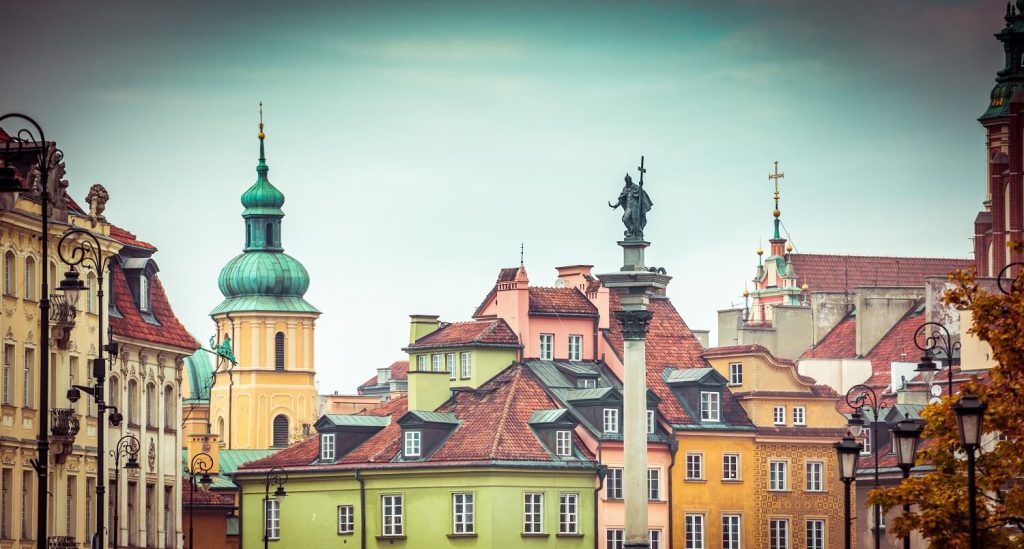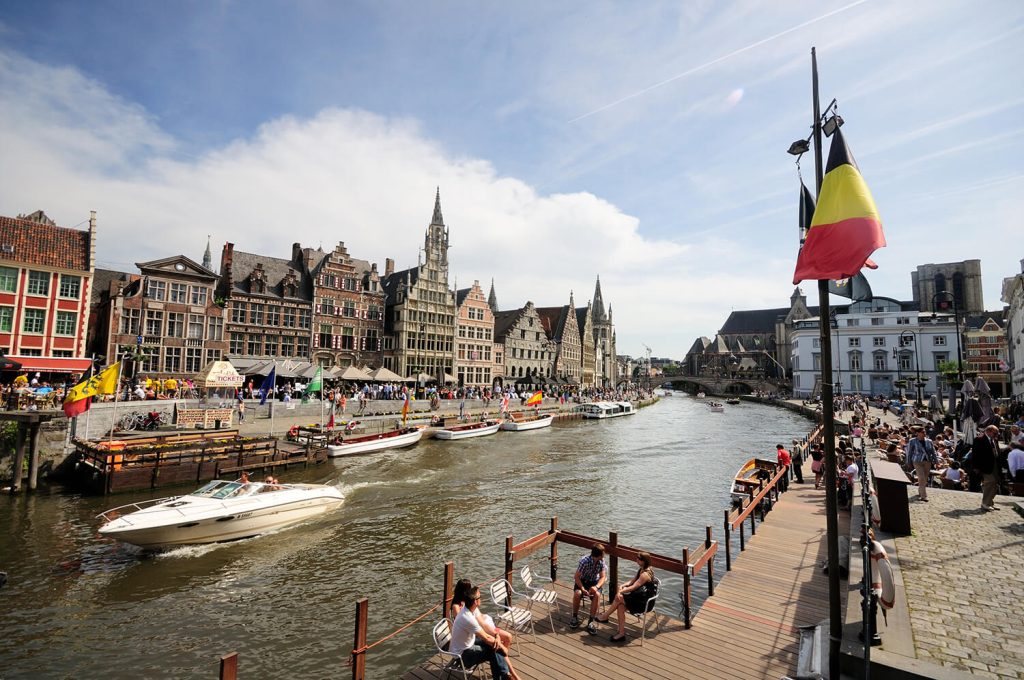Poland has become one of Europe’s most exciting markets for wine. What began as a small importer without significant domestic production has grown on average by 1.7% since 2021. According to the CBI, those imports now total €212 million. The total Polish alcohol market was worth $9.7 billion in 2021; more than a fifth of Polish drinkers now prefer wine, while only 17% prefer traditional spirits such as vodka (CBOS statistics, quoted on the Polish language blog). The market for vodka had in fact been decreasing until 2017; alcohol abuse is, according to Statista, considered ‘a rather big issue’ by the majority of Poles. This makes non-alcohol beer the winner of the moment along with wine, growing by 73% in recent years.
Poland is a peculiar place for wine importers. It is the stand-out market of Eastern Europe, with higher imports than any of its neighbours. Most importantly, according to Wine Intelligence, it is almost unique among European nations in terms of the countries which dominate the market. The usual suspects of France, Italy and Spain lag behind imports from the US and Chile. Average prices hover at 25 złoty, just over 6 dollars or €5.50, which is higher than that of the Netherlands. Specialised wine retailers and small supermarkets make up more than a third of wine sales, many of which stretch to the top of mid-range price at €12, though most households are unlikely to spend much in excess of €15 per bottle. With wine’s reputation as a sophisticated product, it perhaps shouldn’t come as a surprise that Polish wine-drinkers are concentrated in major cities according to Polish Language Blog.
But what is the breakdown of how Poles drink wine? Red wine, as with almost every European country, comes out on top, with sweet whites second. This is beginning to change, however, with a shift towards drier varietals according to Wine Analytics. As on the UK market, Prosecco has a good hold in the sparkling wines segment. Cava is also popular; both Cava and Prosecco have significantly higher sales than Champagne. As well as the previously mentioned small supermarkets and specialised retailers, online sellers are becoming popular as an inevitable consequence of the coronavirus pandemic.
Poland has occupied a similar share of the world market as Belgium and the Netherlands in the past five years; it currently stands as the country with the 17th highest wine imports worldwide. As has been noted in previous Vinaty analyses, Belgium and the Netherlands have experienced stagnation on their wine markets. No such stagnation applies in the case of Poland, and industry experts contend that there is the significant likelihood of further increases.
As with all EU states, there is no state monopoly on alcohol in Poland. Prospective investors must be aware, however, of the hoops that any third-country businessperson has to jump through, which are listed in detail by organisations such as the CBI. Taxes may currently be low but, in a bid to curb the country’s perceived problems with alcohol abuse, the Polish government is said to be mooting additional duties. This is before we mention Poland’s falling population rates, which could squeeze the market in years to come. Our advice at Vinaty, however, is not to follow the naysayers. The Polish alcohol market, combined with an estimated 5% year-on-year GDP increase from 2022 onwards, remains one of the most attractive in Europe.
More details about wine distributors from Poland in the Vinaty database: Polish Wine Distributors



